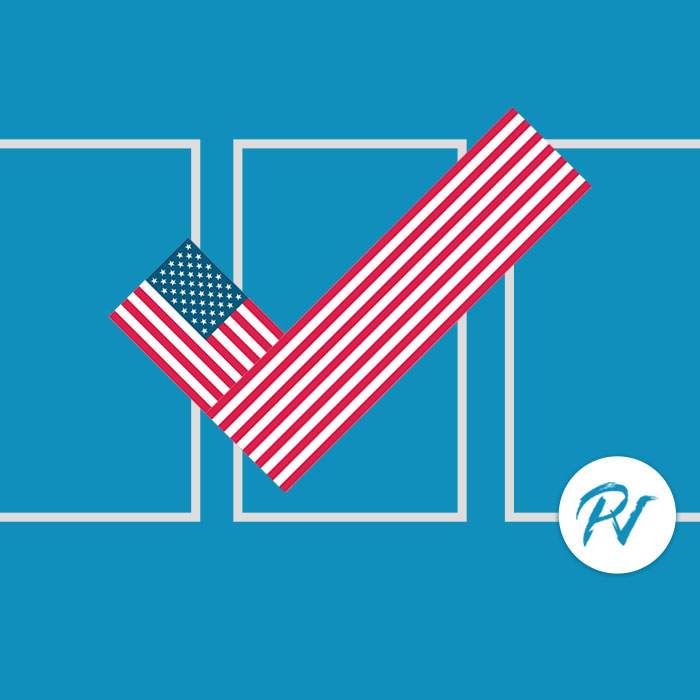- Share on WeChat
- Scan QRCode using WeChat,and then click the icon at the top-right corner of your screen.
- Share on WeChat
-
- Scan QRCode using WeChat,and then click the icon at the top-right corner of your screen.

| South Dakota State Senate District 35 | ||
| Current incumbent | Vacant | |
South Dakota's thirty-fifth state senate district is currently vacant. It was last represented by Republican Senator Lynne DiSanto.
South Dakota state senators represent an average of 23,262 residents. After the 2000 Census, each member represented 21,567 residents.
Members of the South Dakota State Senate serve two-year terms with term limits. South Dakota legislators assume office the first day of session after election (Jan. 11).
To be eligible to serve in the South Dakota Senate, a candidate must be:
| State legislators | |
|---|---|
| Salary | Per diem |
| $11,379/session | $144/legislative day |
The South Dakota legislature is one of 15 state legislatures with term limits. Voters enacted the South Dakota Term Limits Act in 1992. That initiative said that South Dakota senators are subject to term limits of no more than four consecutive two-year terms, or eight consecutive years. State senators can run again after they have been out of office for a term.
The South Dakota State Legislature has tried on more than one occasion, each time unsuccessfully, to persuade the state's voters to repeal term limits. The most recent such failed attempt was when Amendment J lost in 2008 by 75-25%.
The first year that the term limits — enacted in 1992 — impacted the ability of incumbents to run for office was in 2000.
Under the state constitution, the Governor is responsible for appointing a replacement in the event a vacancy happens in the senate. There are no deadlines set in the state constitution to when the Governor has to fill the vacancy.
Elections for the office of South Dakota State Senate will take place in 2020. The general election will be held on November 3, 2020. A primary is scheduled for June 2, 2020, and a primary runoff is scheduled for August 11, 2020. The filing deadline is March 31, 2020.
Lynne DiSanto (R) defeated Pat Cromwell (D) in the general election for South Dakota State Senate District 35 on November 6, 2018.
Candidate |
% |
Votes |
||
| ✔ |
|
Lynne DiSanto (R) |
62.0
|
4,323 |
|
|
Pat Cromwell (D) |
38.0
|
2,650 | |
|
|
Total votes: 6,973 |
Barry Muxen advanced from the Democratic primary for South Dakota State Senate District 35 on June 5, 2018.
Candidate |
||
| ✔ |
|
Barry Muxen (D) |
|
|
Lynne DiSanto defeated Ryan Smith in the Republican primary for South Dakota State Senate District 35 on June 5, 2018.
Candidate |
% |
Votes |
||
| ✔ |
|
Lynne DiSanto (R) |
65.2
|
1,303 |
|
|
Ryan Smith (R) |
34.9
|
697 | |
|
|
Total votes: 2,000 |
Elections for the South Dakota State Senate took place in 2016. The primary election was held on June 7, 2016, and the general election was held on November 8, 2016. The candidate filing deadline was March 29, 2016.
Incumbent Terri Haverly ran unopposed in the South Dakota State Senate District 35 general election.South Dakota State Senate, District 35 General Election, 2016
| Party | Candidate | Vote % | Votes | |
|---|---|---|---|---|
| Republican | 100.00% | 6,137 | ||
| Total Votes | 6,137 | |||
| Source: South Dakota Secretary of State | ||||
South Dakota State Senate, District 35 Republican Primary, 2016
| Party | Candidate | Vote % | Votes | |
|---|---|---|---|---|
| Republican | 55.01% | 912 | ||
| Republican | Tina Mulally | 44.99% | 746 | |
| Total Votes | 1,658 | |||
The general elections for the office of South Dakota State Senate took place on November 4, 2014. A primary election took place on June 3, 2014. The signature filing deadline for candidates wishing to run in this election was March 25, 2014. Terri Haverly defeated Larry D. Baker in the Republican primary. Haverly was unopposed in the general election.
South Dakota State Senate, District 35 Republican Primary, 2014
| Candidate | Vote % | Votes |
|---|---|---|
|
|
64.6% | 803 |
| Larry D. Baker | 35.4% | 440 |
| Total Votes | 1,243 | |
Elections for the office of South Dakota State Senate consisted of a primary election on June 5, 2012, and a general election on November 6, 2012. The signature-filing deadline for candidates wishing to run in this election was March 27, 2011. Mark Kirkeby (R) was unopposed in both the general election and Republican primary.
From 2002 to 2016, candidates for South Dakota State Senate District 35 raised a total of $181,765. Candidates who raised money in contributions earned $10,692 on average. All figures come from Follow the Money.
Campaign contributions, South Dakota State Senate District 35
| Year | Amount | Candidates | Average | |
|---|---|---|---|---|
| 2016 | $35,304 | 2 | $17,652 | |
| 2014 | $14,721 | 2 | $7,361 | |
| 2012 * | $5,000 | 1 | $5,000 | |
| 2010 | $18,011 | 1 | $18,011 | |
| 2008 | $22,005 | 3 | $7,335 | |
| 2006 | $58,947 | 4 | $14,737 | |
| 2004 | $11,228 | 2 | $5,614 | |
| 2002 | $14,974 | 1 | $14,974 | |
| 2000 | $1,575 | 1 | $1,575 | |
| Total | $181,765 | 17 | $10,692 | |
| * Campaign finance data for 2012 is incomplete for this district. | ||||